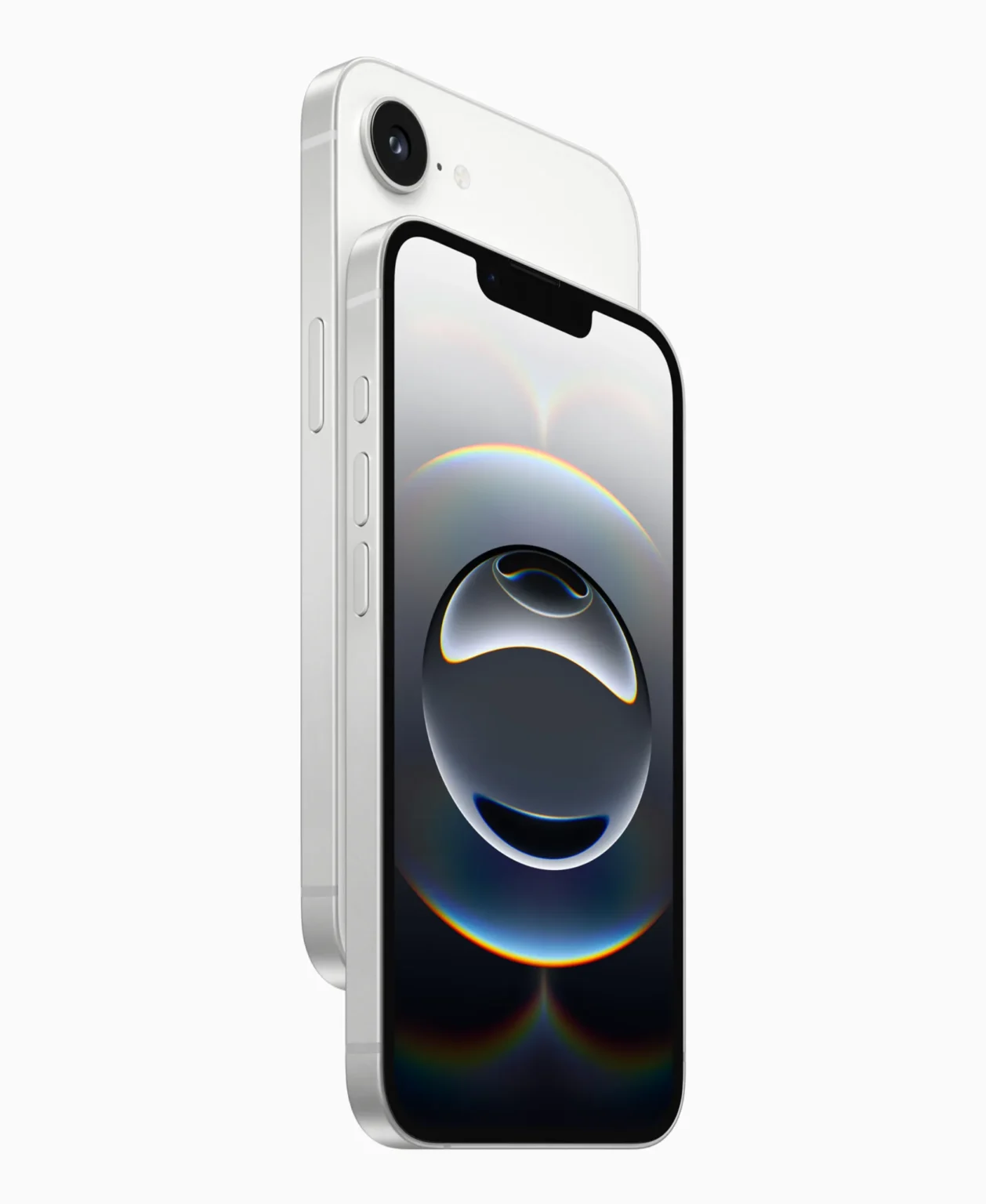As expected, Apple unveiled the long-awaited refresh of its budget-friendly smartphone on Tuesday. However, the fourth-generation device comes with a major twist—Apple has dropped the SE branding, aligning it more closely with its flagship lineup. Now dubbed the iPhone 16e, the new model starts at $599 and will begin shipping on February 28.
The standout feature of the 16e is Apple Intelligence, the company’s response to AI-powered services like OpenAI’s ChatGPT and Google’s Gemini. This technology relies on small models that can run locally on the device, enabling users to generate text summaries, compose emails, and create images without requiring an internet connection.
The 16e joins an exclusive group of devices—including the rest of the iPhone 16 lineup and the iPhone 15 Pro—that support Apple Intelligence. This capability is powered by the new A18 chip, the same processor found in Apple’s latest flagship phones. Like other Apple Intelligence-enabled iPhones, the 16e allows users to access ChatGPT via Siri for free, with no need for an OpenAI account.
Another significant upgrade is the introduction of Apple’s first in-house modem, the Apple C1. This move reflects Apple’s ongoing strategy to reduce its reliance on third-party chipmakers like Qualcomm and Intel, opting instead for custom-designed silicon.
The iPhone 16e also adopts a more modern design, replacing the Touch ID home button with Face ID while reintroducing the camera notch first seen on the iPhone X. Additionally, Apple has swapped out the Lightning port for USB-C, further unifying its device ecosystem under a single charging standard.
The handset features a 6.1-inch OLED display and, according to Apple, offers “the best battery life ever on a 6.1-inch iPhone.” This marks a significant increase from the previous SE’s 4.8-inch screen—disappointing news for fans of compact smartphones. Apple claims the 16e delivers up to 12 hours more battery life than its predecessor, thanks in part to the power efficiency of the six-core A18 processor. The chip also includes a 16-core neural engine for AI tasks and a four-core GPU, slightly less powerful than the five-core GPU in the standard iPhone 16 and the six-core version in the 16 Pro.
On the camera front, the iPhone 16e is equipped with a single 48-megapixel rear camera featuring 2x zoom. Apple describes this as a “two-in-one” camera, as it also allows users to capture 24-megapixel photos. The front-facing TrueDepth camera supports Face ID unlocking and improved selfies.
Apple is launching the 16e at a crucial moment. The company recently experienced an 11% decline in market share in China, one of its most important regions. Factors contributing to this drop include the rise of domestic competitors like Huawei and the fact that Apple Intelligence is not yet available in mainland China. To address this, Apple has reportedly engaged in discussions with Tencent, ByteDance, and Alibaba to develop a localized version of its AI technology.
The iPhone SE series has historically been a strong performer for Apple in key markets like China and India, the world’s two largest smartphone markets. Unlike the annual flagship iPhone releases, SE models have been launched on an irregular schedule, with previous versions arriving in 2016, 2020, and 2022. The iPhone 16e’s $599 price tag represents a $100 increase over its predecessor, but its upgraded features and modern design could help Apple regain lost ground in emerging markets.
